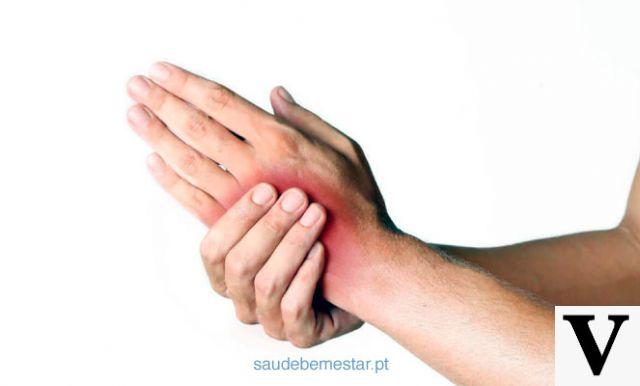
By healthiergang writer , majoring in Medicine and Surgery.
Pain In The Joints Of The Hands
Your hands, always in motion ... whatever you do, they rarely rest!
Despite their size, they are one of the most structured anatomical parts of the body and therefore more exposed to wear.
When they are affected by more or less important ailments, the event can be received with particular annoyance since we are always used to being able to count on them to carry out our daily activities and relate to the world: having to do without them certainly provokes a great discomfort, for which it is essential to take care of their health and integrity.
Pain in the hand, wrist, finger joints, tingling, numbness, swelling, stiffness, sometimes you can even lose mobility: women are undoubtedly the ones who suffer more often, thanks to a greater and faster decline of bone mass compared to men, determined by the different hormonal structure that predisposes them to develop a calcium deficiency.
Unfortunately it is often a non-specific pain and its characteristics do not always make it possible to easily make the right diagnosis; it is therefore important to learn to identify the structures from which it can originate, in order to help the doctor in his diagnostic investigation.
Anatomical Notes
The hand is made up of these parts.
- Carpus: the part closest to the wrist, formed by two rows of small bones and stabilized by the transverse carpal ligament, below which the well-known "carpal tunnel" is formed, in which the median nerve, vessels and tendons run finger flexors
- Pastern: formed by five bones that are articulated with the carpal bones and with those of the fingers
- Phalanges: are the bones that form the fingers: 14 for each hand, 3 for each finger, with the exception of the thumb which has only two.
In addition to the bones, the hand is formed by a set of muscles located at the level of the palm of the hand, divided into three groups: lateral, medial and intermediate.
Types Of Pain
Depending on the cause, a pain in the hands can be acute, which develops in a short time, or chronic, which manifests itself in a progressive and persistent way; it can be localized or extend to the whole hand and at times it can be such as to be disabling.
Besides these, many other pathologies can cause hand pain: from diabetes to fibromyalgia.
Despite this, hand pains do not always have pathological causes, in fact there are conditions that can trigger this disorder but which do not pose a health risk.
- Cold: a low temperature causes vasoconstriction which, if particularly marked, determines a reduction in blood flow in the peripheral districts and the onset of pain.
- Hormones: women in menopause, pregnancy or breastfeeding, periods in which hormonal changes of a certain importance occur, for reasons not yet clear, are more predisposed to the onset of this discomfort.
Symptoms
Hand pains are often associated with other symptoms: tingling, swelling, itching, lack of strength (weakness), pain in other joints, systemic symptoms such as fever.
Remedies
Since we cannot speak of pathology but of symptom, the evaluation of hand pain is purely medical / orthopedic competence and can be an indication for carrying out laboratory and instrumental diagnostic investigations (blood analysis, radiography or magnetic resonance).
It will be the doctor's responsibility, after making the diagnosis, to prescribe the most appropriate therapy. This usually involves the administration of NSAIDs (non-steroidal anti-inflammatory drugs), paracetamol, corticosteroids, and can be combined with the use of braces and wristbands which, in some cases, play a really important role in the management of the underlying disease.
Also in this case, therefore, the "do it yourself" is always not recommended!


























